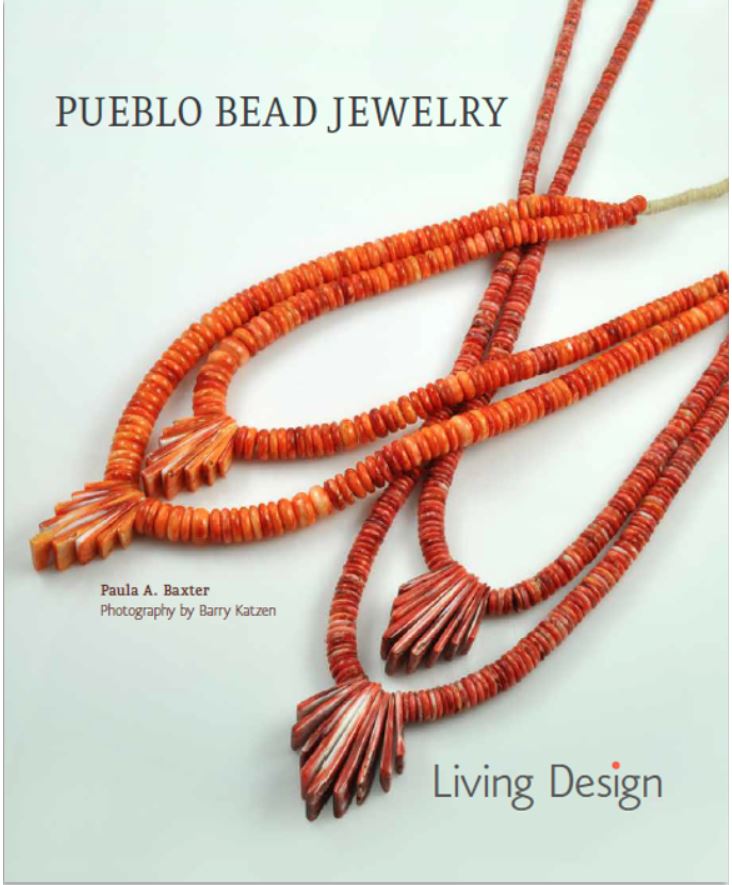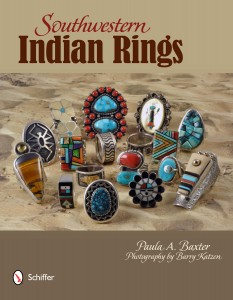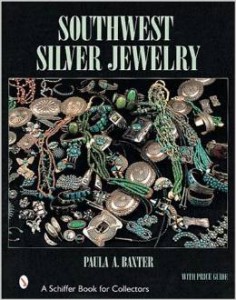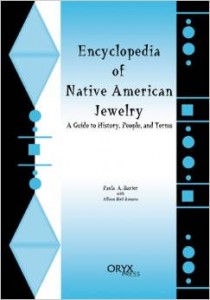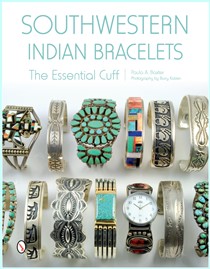What has made the Indian arts market so wonderful over the past seventy years is that you could find good work in every price range, especially so with jewelry. Good quality Indian jewelry could be had at high quality costume jewelry prices, and as collectors developed their desires, they spent more if they believed in the artist and his/her aesthetic creativity. If prices show a disconnect between good design and materials, the buyer’s faith becomes eroded. At the same time, most collectors understand that materials costs and scarcity will affect prices, and they may have to pay a little more. Nevertheless, let’s be blunt: most arts, Indian or otherwise, are luxury goods. The makers of mainstream luxury goods like Vuitton and Prada can afford to raise their prices every year because their market will always have deep pockets. Can most Indian artists claim the same about all their customers?
That’s a problem right there. Indian artists have endured too many years of competing with schlock souvenir goods that too many people see and think are legitimate. The years of discount sales, ones that still go on today at selected locations, have eroded buyer trust. When you bring those people who collect Indian arts but aren’t personally wealthy (like yours truly) to Indian Market, they aren’t looking for a bargain, but they are looking for something they can spend their money on with pride and pleasure. Why should those who can afford high end arts be the only ones who can count on getting value for their money? Collectors are better educated than they used to be.
(Part 3 of a series)
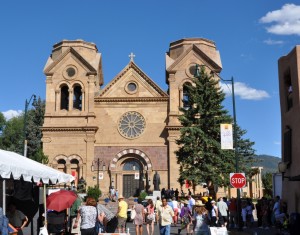 Santa Fe Cathedral during Indian Market
Santa Fe Cathedral during Indian Market
Those who want to buy have had their enthusiasm strangled on two fronts:
- First, there are still too many eyewitness accounts of suspect materials appearing in jewelry; SWAIA has strict standards about this, and while I believe they are upholding them as best they can, it’s analogous to the situation where cops can’t catch and ticket all the texting/cell chatting drivers.
- Second, many artists are pricing their works too high. Yes, materials costs have gone up, but in an era where money is an issue again, only the very high-end artists can maintain their prices.
Maybe it’s time someone out in the Southwest organized a town hall or forum that addresses the realities of pricing. I worry that too many people think they entitled to getting higher prices right away, when time has shown that artist reputations are earned and not created overnight. Superstars like Cody Sanderson and Pat Pruitt put in a lot of time selling at reasonable prices to build a reputation for good quality designs.
(Part 2 of a series)
Reports have been coming in about this past SWAIA Indian Market in Santa Fe. Attendance was down and sales were fairly quiet. Some artists felt their sales either stayed the same as last year or were slightly reduced. Collectors reported that they generally felt that there were more mediocre arts on offer, and that designs and materials weren’t as innovative or satisfactory as they have been. Lots of people on either side of the booths claimed that prices were too high.
Santa Fe’s Indian Market was created in the early 1920s as a means of boosting Native earnings and enticing more people into collecting Native arts. SWAIA has had various ups and downs as manager of this important market. I don’t think they should take any blame for the recent disappointments of the markets—the economy is still a damper. However, two issues have emerged over the past few years.
(Part 1 of a series)
Sometimes a beloved pop culture motif makes its way into the design repertoire of talented Native artists. I was thrilled to see such a motif on a belt in the Heard North’s permanent collection. Those who still travel I-40 east from Flagstaff and west from Holbrook always see a familiar sign outside Joseph City: the iconic black rabbit with the words “Here It Is.”
The signs refer to Jack Rabbit Trading Post in Joseph City. An enormous jack rabbit sits outside the store with a saddle which countless young behinds have burnished to a dull shine. Rabbits aren’t prized much except as food, but they are acknowledged tricksters like Coyote. The black rabbit design is related to Mimbres rabbit outlines seen on ancient pottery.
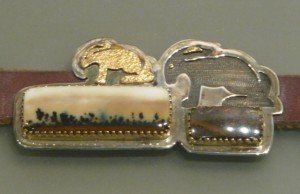 Detail of “Route 66 Tourism Belt,” by Gail Bird and Yazzie Johnson, 1995. In the Heard Museum North.
Detail of “Route 66 Tourism Belt,” by Gail Bird and Yazzie Johnson, 1995. In the Heard Museum North.
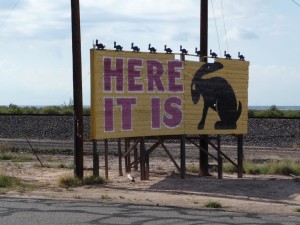 One of the many signs for Jack Rabbit Trading Post, in Joseph City, AZ
One of the many signs for Jack Rabbit Trading Post, in Joseph City, AZ
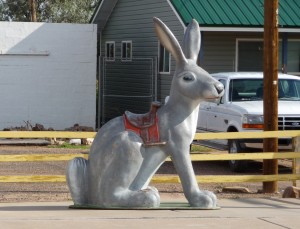 Take a ride of the giant rabbit
Take a ride of the giant rabbit
Speaking of Wounded Knee, a recent article and editorial in the New York Times highlight that our sequestration, the product of a stalemated Congress that forgets its mandate in favor of partisan bickering, is taking a hard toll on the Oglala Sioux and other tribes. Truth is, no Indians expect much out of the federal government. There aren’t many millionaires, CEO magnates, or robber barons amongst today’s Natives of the Southwest. Some Indians have managed to achieve a measure of prosperity, but the majority live at modest income levels. Law enforcement officials will tell you that domestic and gang violence are at their highest on the reservations and in border towns and cities. Yet Indians have always understood that money is a slippery commodity, and the fed works hard to keep it away. There’s been an uptick in sales of the famous T-shirts with Sitting Bull’s image: above him it reads, “Sure You Can Trust the Government,” and on the bottom it says, “Just ask an Indian.”
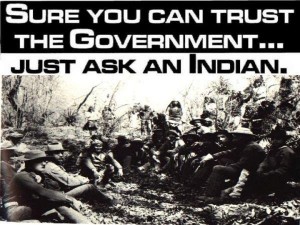 A different version of the T-shirt, with another photo but the same message.
A different version of the T-shirt, with another photo but the same message.
Ask any Indian and they’ll just roll their eyes. One of the finest things about Native American cultures is also a problem for them. Indian sacred objects inevitably possess beautiful, even haunting, qualities.
I remember working with a Hopi friend in NYC during the 1990s. She came to work one morning filled with rage. She’d been invited by some wealthy Manhattan collectors to view their Hopi art collection. When she went to their apartment, she found a long-lost clan mask in a glass case with specially installed lighting trained on the object. Historic Native artifacts are big bucks items in the collector market. Even the creation of the NAGPRA law hasn’t slowed down such transactions. Now, the collectors will be sure not to invite Indian guests to their homes…
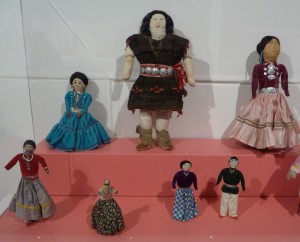 The type of items that are OK to have on public display…
The type of items that are OK to have on public display…
Lloyd Kiva New was a remarkable Native artist, designer, educator, and spokesperson for Indian culture. I was reminded of his importance again recently when visiting the Heard Museum North. In their permanent collection on display there, they show a red leather purse New designed in 1955. The bag is finished with a charming brass ornament created by Charles Loloma.
I don’t often think of the 1950s as a “fashion decade,” but this handbag was a timely reminder that the Native creative genius was already on the boil then, soon to erupt in the later 1960s and 1970s. We’re learning a lot about Native Style these days, but here we have an iconic example of the ties between Indian design and fashion.
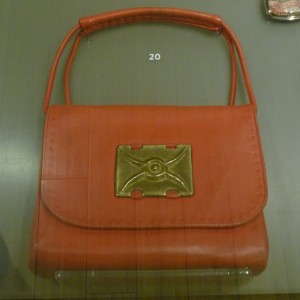 Handbag designed by Lloyd Kiva New in 1955, with silver ornament designed by Charles Loloma. Collection of the Heard Museum North.
Handbag designed by Lloyd Kiva New in 1955, with silver ornament designed by Charles Loloma. Collection of the Heard Museum North.
We weren’t surprised that the auction of historic Hopi masks went forward in Paris. Repatriation rules don’t work well outside of national borders—just ask the Greeks who long for the return of the Elgin Marbles from the British Museum. Frankly, cultural sensitivity isn’t something we Americans excel in. The looting of American Indian sacred objects started as soon as we brash newcomers loped into the Southwest like new versions of Coyote the Trickster.
The European tourists who enjoyed roaming the old West and shooting buffalo into near extinction were among the greediest of the lot. They bought and hauled off whatever they could get, including Zuni war god effigies meant to be seen only by their makers.
Imagine breaking into Santa Fe Cathedral, taking La Conquistadora from her shrine, and putting her up for sale at Christie’s London. Bet that would get a lot of people howling…
 Santa Fe Cathedral during Indian Market.
Santa Fe Cathedral during Indian Market.
Located on Camino Lejo, northeast of Santa Fe’s Plaza district, along with the Wheelwright Museum and the Museum of Indian Arts and Cultures, the Museum of International Folk Art has some of the greatest displays and a nifty gift shop. If you think folk art from around the world doesn’t fit in with your itinerary of Native arts searching, reconsider such a notion by visiting this museum. One interesting thing you’ll discover is how many abstract symbols used in art have a broader geographical application than you might suspect. Also, look at how other cultures use turquoise for their adornment, especially in Nepal and Tibet.
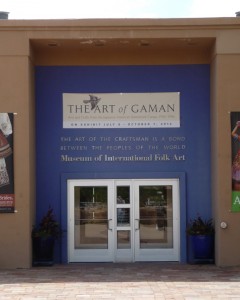 Museum of International Folk Art, Santa Fe, NM
Museum of International Folk Art, Santa Fe, NM
